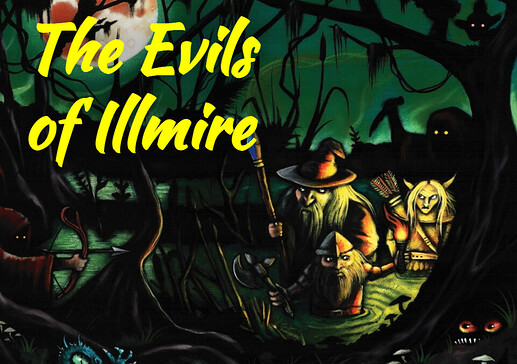Great minds think alike! (Or are just subject to the whims of online trends…)
I mainly went with inventory disappearing because it’s worked really well in the Barrowmaze game. I did ponder how something might be done without having to introduce a slot system - like lowered attributes or a penalty to saves - but they all seemed to involve just a little bit too much bookkeeping (which is one major deterrent when it comes to death & dismemberment systems, as well as having another table to look up), like having space for a current attribute and a lowered attribute that could be healed.
Heck, I’m even looking to see if it’s possible to do away with the # HP out of # HP part of a character sheet - I don’t like how it’s treated as a refillable bar. Far too predictable.
In the end, filling up inventory slots with injury ‘items’ just captured that sense I wanted that getting hurt
really sucks in the middle of a fight, and lingers afterwards. It allows for heroic moments like Boromir fighting on while losing his shield, the Horn of Gondor and then his life.
As for number of slots - yeah, I wondered about that little extra bit of granularity (and if we were playing 5e, I’d definitely have gone for it - anything to boost stats other than DEX!), but didn’t want to mess with the RAW weighting of attributes.
I went with ten initially because of ease of calculation should we need to calculate boat capacity - small boats will have a capacity of 40 slots, with an unequipped character weighing ten slots, and any items coming in separately. Easier maths at the table! I did want to keep the option open though, which is one reason why we’ve gone with this character sheet over my homedrawn one - we’ve used bordered text boxes for inventory slots, so if everyone’s happy to change it halfway through, we can do so.

